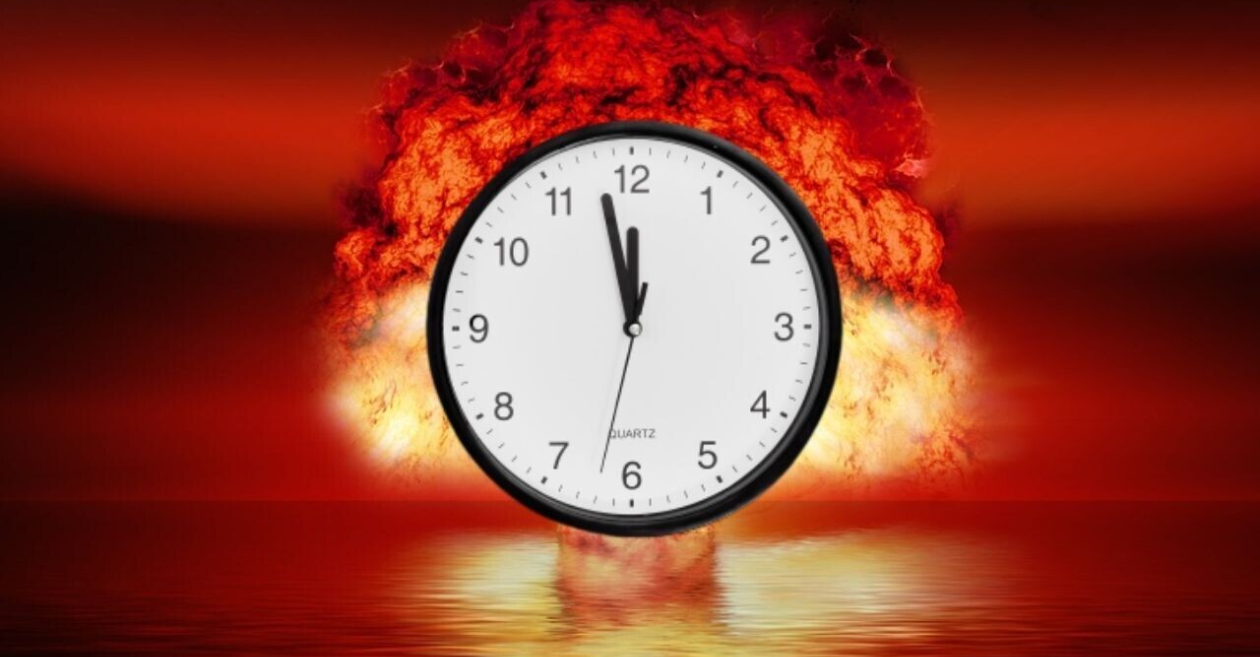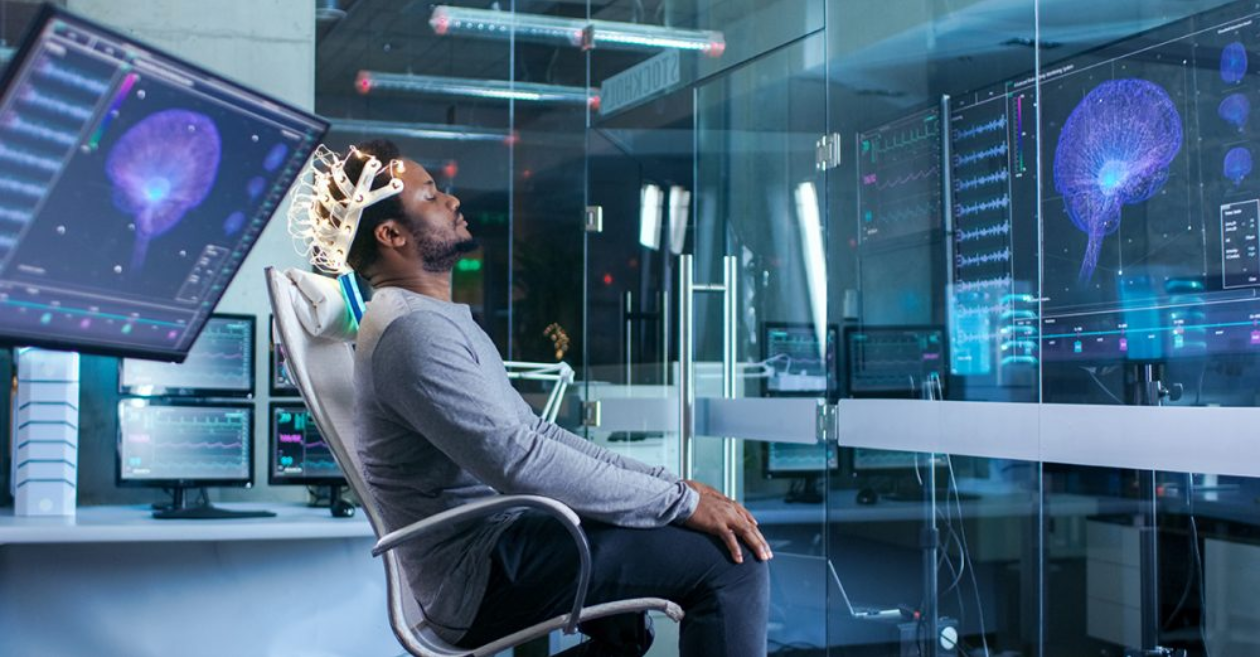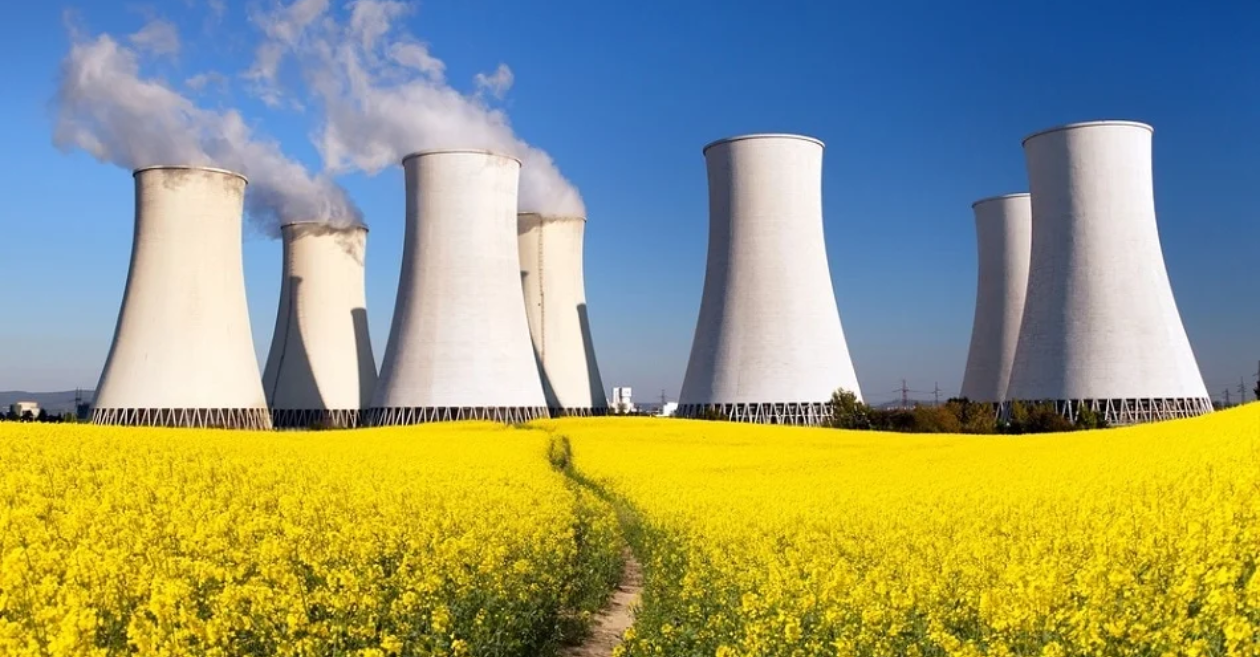


In a world where danger feels close, the Doomsday Clock acts like a warning. But who decides how close we are to a global crisis? The answer lies with the Bulletin of the Atomic Scientists, a group of experts in science and security. They carefully look at world events to figure out how risky things are. These experts are like guardians, making decisions that move the hands of the Doomsday Clock. Their choices show whether we're closer to hope or disaster. So, when you hear about the Doomsday Clock, remember it's these scientists, watching over our world, who decide how safe or risky things seem.
People Also Read: What Does AFCON Stand For?
The Doomsday Clock is like a warning sign showing how close we are to a global catastrophe, according to the Bulletin of the Atomic Scientists. It began in 1947, initially set at seven minutes to midnight. The clock's hands move based on the risk of nuclear threats and climate change, decided by experts each January. The closest it's been to midnight was 90 seconds in 2023. It was set back and forward several times, reaching its farthest point, 17 minutes, in 1991. The clock, a reflection of global dangers, emphasizes the importance of addressing nuclear and environmental risks to safeguard humanity.
The Doomsday Clock is overseen by the Bulletin of the Atomic Scientists, a team of respected scientists and experts. Created during the nuclear age, their main concern was nuclear threats. Yet, as dangers in our world changed, so did the clock's criteria. Now, it also considers issues like climate change. These experts carefully analyze global risks and decide if the clock's hands should move, symbolizing the precarious balance between safety and potential disaster in our complex world.
A team of smart people, including scientists and Nobel Prize winners, carefully looks at what's happening in the world. They think about how things can affect all of us, not just now but also in the future. Their combined knowledge helps them make smart decisions, considering everything from politics to the environment and technology. It's like they're keeping an eye on the big picture, making sure they understand how different choices might impact the survival of humanity.
The Bulletin's editorial board holds power over the Doomsday Clock. Their articles and opinions shape how people see global risks. Their words act like a powerful tool, steering the clock closer to midnight or giving a break, depending on what's happening in the world. It shows how ideas and discussions can impact whether we move towards a crisis or step back, emphasizing the influential role of thoughtful analysis in shaping our shared future.
Changing the Doomsday Clock is something everyone can know about. The Bulletin explains why they decide to move it closer to midnight or farther away in a way that's easy to understand. This openness helps people trust and see why the clock is ticking towards a dangerous time or moving away from it. It's like having a clear window to see how they make these big decisions, making it easier for everyone to trust and understand the reasons behind the clock's ominous ticking.
| Year | Minutes to Midnight | Notable Events |
| 1947 | 7 | The Cold War begins |
| 1991 | 17 | End of the Cold War |
| 2020 | 100 seconds | Nuclear threats and climate change converge |
| 2022 | 2 minutes | Escalating geopolitical tensions |
The Bulletin actively engages the public, recognizing the importance of a collective understanding of global threats. Social media campaigns, public talks, and educational initiatives empower individuals to be informed advocates for a safer world.
When the clock gets closer to midnight, it's not just a symbol; it's a warning for leaders to wake up. The ticking tells them to deal with the big problems that put all of us at risk. Because people know about the clock, it puts more pressure on leaders to do something. It's like a loud alarm saying, "Hey, there are serious issues, and we need to fix them!" So, the Doomsday Clock isn't just about time; it's a tool to make sure leaders pay attention and take action to keep everyone safe.
The Doomsday Clock is like a strong symbol, and the people who control it take care of our future together. They use science, their opinions, and talking with the public to understand and deal with global problems. It's important for all of us to realize that we all have a part in making sure our future doesn't get too close to midnight, which represents something really bad. As time keeps going, we should remember that we all share the responsibility to make our future safer and avoid the scary possibilities that midnight brings.
The esteemed group of scientists and experts known as the Bulletin of the Atomic Scientists determines the fate of the Doomsday Clock.
The panel considers a broad spectrum of global threats, from nuclear dangers to climate change, ensuring a comprehensive evaluation of existential risks.
The Bulletin maintains transparency, revealing detailed insights into the methodology, criteria, and considerations that guide the clock's movement.
The Bulletin's editorial board, through insightful articles and opinion pieces, plays a pivotal role in shaping public understanding and discourse on existential risks.
The clock serves as a powerful influencer, acting as a symbolic wake-up call for policymakers and fostering public awareness, thereby increasing pressure on leaders to address pressing global issues.

Are you looking for a comfortable and

In a world full of amazing technology

In today's fast-moving tech world, Br

In the world of utilities, EPCOR shin

In the confusing world of money and i

Exploring the powerhouse that fuels o
Trash to treasure: How Google thinks
Spring Fashion Show at the University
Matter of Impact: April updates from
Android Enterprise security delivers
We are not gonna make spamming
Copyright By@TheWebTrends - 2023
BACK TO TOP